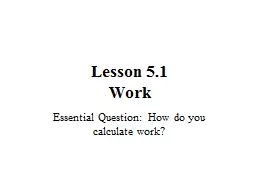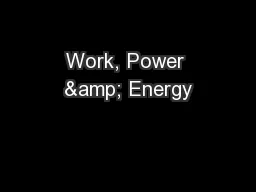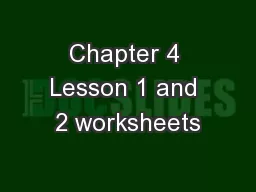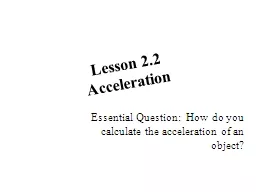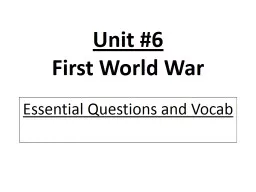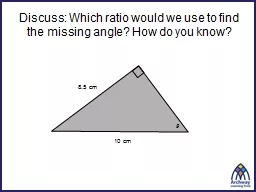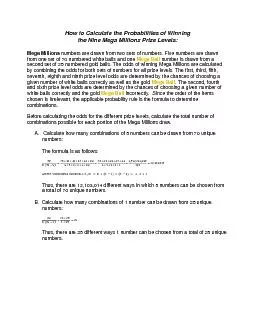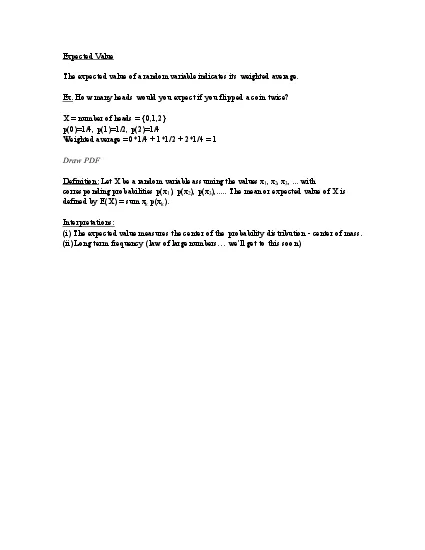PPT-Lesson 5.1 Work Essential Question: How do you calculate work?
Author : stefany-barnette | Published Date : 2019-11-21
Lesson 51 Work Essential Question How do you calculate work Which situation is an example of work Holding a set of exercise weights up in the air Pushing your car
Presentation Embed Code
Download Presentation
Download Presentation The PPT/PDF document "Lesson 5.1 Work Essential Question: How..." is the property of its rightful owner. Permission is granted to download and print the materials on this website for personal, non-commercial use only, and to display it on your personal computer provided you do not modify the materials and that you retain all copyright notices contained in the materials. By downloading content from our website, you accept the terms of this agreement.
Lesson 5.1 Work Essential Question: How do you calculate work?: Transcript
Download Rules Of Document
"Lesson 5.1 Work Essential Question: How do you calculate work?"The content belongs to its owner. You may download and print it for personal use, without modification, and keep all copyright notices. By downloading, you agree to these terms.
Related Documents

